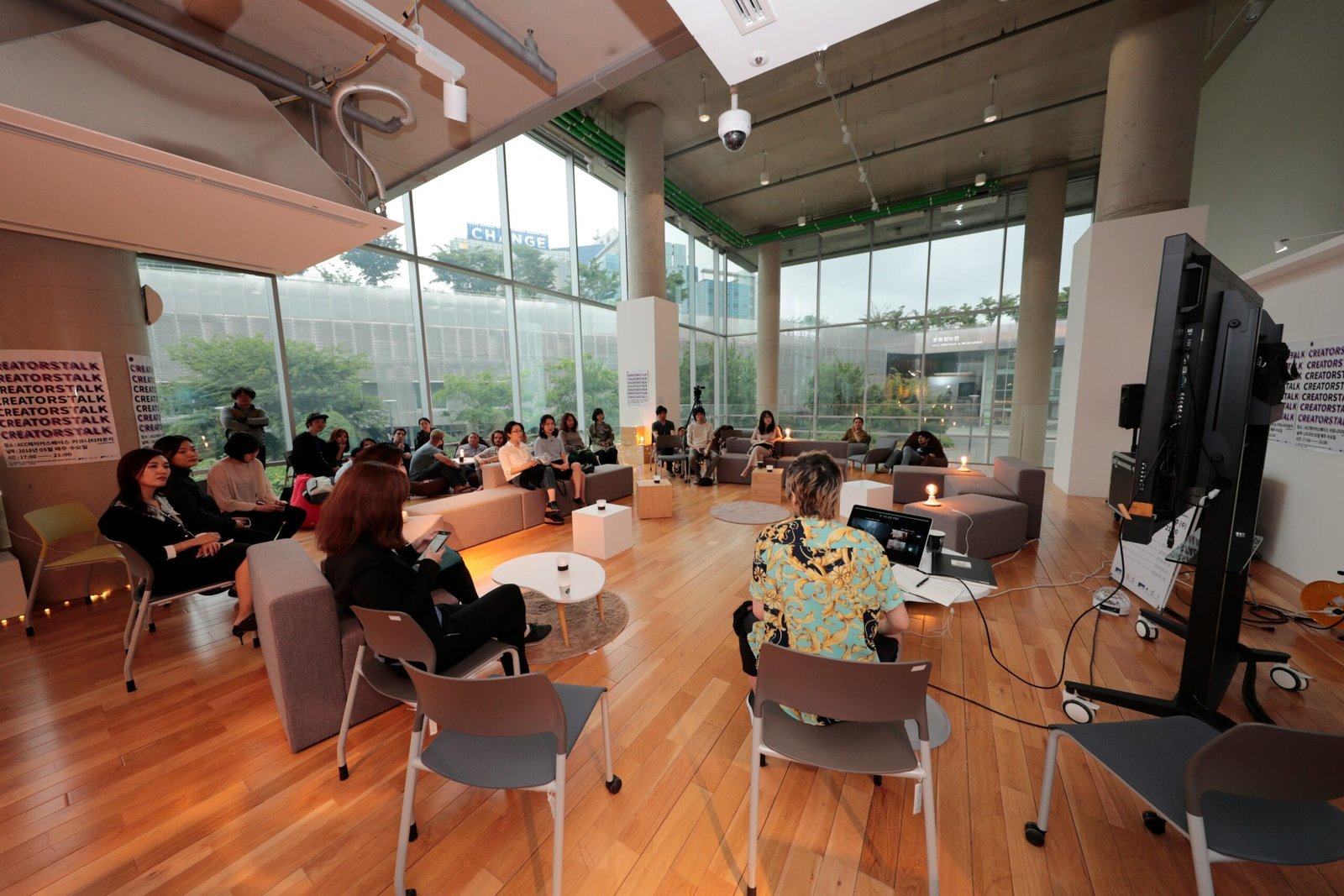Understanding Creativity
Creativity is often perceived through the lens of artistic endeavors, such as painting, writing, or music; however, this perception limits a broader understanding of the concept. At its core, creativity involves the ability to generate new ideas, solutions, or approaches, and it is relevant across various domains, including science, business, and everyday problem-solving. In both personal and professional contexts, creative thinking plays a crucial role in overcoming challenges and driving innovation.
Creativity manifests through diverse expressions, from developing novel solutions to complex problems to finding unique ways to engage with others or streamline processes. For individuals, embracing creativity can lead to personal growth, enhanced relationships, and improved emotional well-being. In a professional setting, organizations that foster a culture of creativity often experience higher levels of productivity, engagement, and competitive advantage. Thus, it is essential to recognize that creativity is not solely reserved for artists; it is an integral part of human cognition.
Despite its importance, numerous barriers can impede creative thinking. One common obstacle is the fear of failure, which may discourage individuals from proposing unconventional ideas or taking risks. The pressure to conform to established norms can also stifle creativity, leading to routine thinking and a lack of innovation. Overcoming these barriers involves consciously cultivating an environment where experimentation and open-mindedness are encouraged. By redefining creativity as an essential skill rather than a niche talent, individuals and organizations can unlock their potential for innovation and personal expression.
Embrace Mundane Routines
Establishing and adhering to mundane daily routines may initially seem counterintuitive to those seeking to enhance their creativity. However, a predictable framework can catalyze creative thought. The psychological advantages of routine include reduced stress and increased mental clarity, both of which provide a conducive environment for creativity to flourish. When individuals engage in familiar tasks, they free up cognitive resources that can then be redirected toward innovative thinking and problem-solving.
Incorporating mundane tasks into your daily regimen can take various forms. For instance, beginning each day with a consistent morning ritual—whether it involves making coffee, taking a walk, or jotting down thoughts—establishes a sense of order that can help ground you. This predictability minimizes distractions, allowing the mind to wander and explore new ideas during moments of cognitive ease. With fewer variables to contend with, individuals can better focus on creative pursuits when they arise.
Moreover, utilizing time-management techniques, such as the Pomodoro Technique, can help weave these ostensibly boring tasks into one’s schedule. By alternating periods of focused work with short breaks that involve simple activities, creativity can be nurtured. Engaging in mundane tasks during breaks, such as folding laundry or organizing your desk, provides an opportunity for mindless activity that often leads to unexpected bursts of inspiration. Engaging in these scenarios creates an environment where creativity can surface naturally, as the brain subconsciously grapples with new ideas during mundane moments.
In summary, embracing mundane routines can establish a stable foundation that fosters creativity, proving that not all inspiration arises from excitement or novelty. By actively incorporating ordinary tasks into our daily lives, we can facilitate a space for new thoughts and connections to emerge, ultimately leading to enhanced creative potential.
Engage in Mindless Activities
Engaging in mindless activities can surprisingly foster creativity in a person’s life. Activities such as cleaning, walking, or working on puzzles allow the mind to enter a passive state where it can wander freely. This state, often described as ‘default mode,’ encourages the brain to make connections that might not surface during more focused or demanding tasks. Psychological studies support this notion; research shows that engaging in repetitive, low-concentration activities can lead to significant creative insights. When one’s mind is not actively focused on producing immediate results, it often has the freedom to explore new ideas and concepts.
Practically incorporating mindless activities into a daily routine can be both straightforward and beneficial. For instance, taking a brisk walk while allowing thoughts to flow can stimulate the brain, leading to unexpected bursts of inspiration. Additionally, household chores, such as cleaning, can serve as perfect opportunities to let the mind drift. While scrubbing floors or organizing a cluttered space, one can experience a mental release that often sparks creativity. Similarly, completing puzzles can engage the brain in a way that allows it to shift focus from analytical thinking to associative thinking, crucial for idea generation.
To maximize the benefits of these mindless activities, individuals can allocate specific times in their day to participate in them. Whether it’s setting aside 30 minutes for a leisurely walk, listening to music while doing housework, or solving a puzzle during breaks, these moments can be fruitful for creative thinking. By intentionally weaving mindless activities into a routine, people may discover new perspectives and innovative ideas, ultimately enhancing their creative output. The beauty lies in how such simple actions can lead to profound creative revelations.
Practice Journaling with Constraints
Journaling is often overlooked as a tool for enhancing creativity, largely due to the assumption that it is a mundane or overly simplistic exercise. However, when practiced with specific constraints, journaling can become a powerful method to unlock creative potential. By implementing limitations such as writing only a single sentence each day or constructing entries with a predetermined list of words, individuals can effectively train their minds to explore new pathways of thought. This controlled approach forces the brain to step outside of its regular patterns and engage with ideas more innovatively.
To establish a productive journaling practice, individuals should first identify the constraints that resonate with them. For instance, one might set a goal of using exactly five words in their daily entry or focusing exclusively on one theme for an entire week. This approach can stimulate creativity by providing a framework within which one can operate, encouraging a more profound exploration of ideas. Additionally, it may be beneficial to incorporate time limits, such as dedicating only ten minutes each day to this exercise. Such constraints can serve to alleviate the pressure of perfectionism, thereby fostering a more liberated creative process.
Maintaining a consistent journaling routine is key to reaping its benefits. Setting reminders or creating a dedicated space for writing can enhance commitment to this practice. As one develops the habit of regular entries, the correlation between consistent writing and improved creative thought becomes apparent. Embracing journaling with constraints not only cultivates discipline but also encourages innovative thinking, making it a simple yet effective exercise for anyone seeking to enhance their creativity. Ultimately, it invites individuals to find inspiration within the limitations they impose, transforming a “boring” task into a valued tool for creative growth.
“Still Trapped in the Matrix? Get the Truth They Don’t Want You to Know.”
👉 Instant download + weekly wake-up drops.
Every week, we drop powerful, unfiltered insights that expose the lies, break the system, and rewire your mindset.
This isn't motivation — this is mental warfare for freedom-seekers, rebels, and future millionaires.








